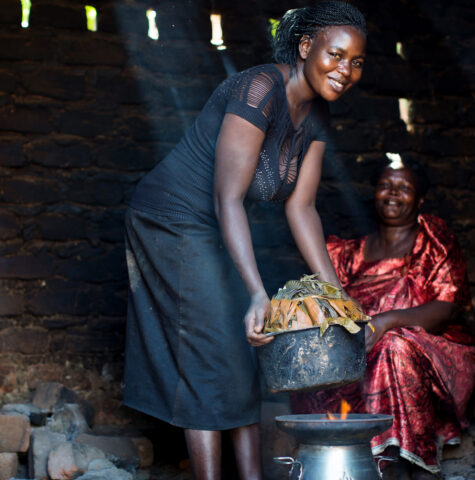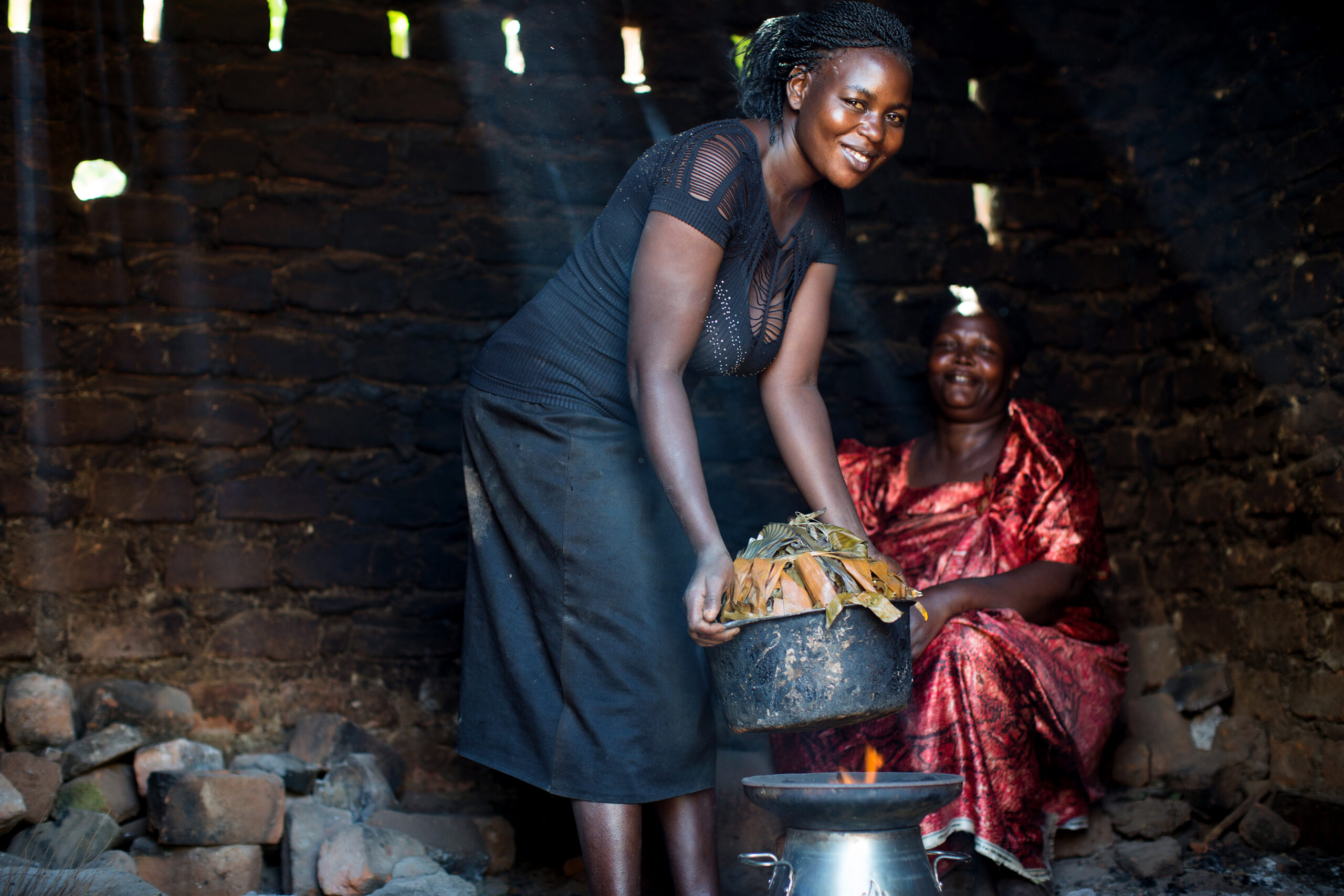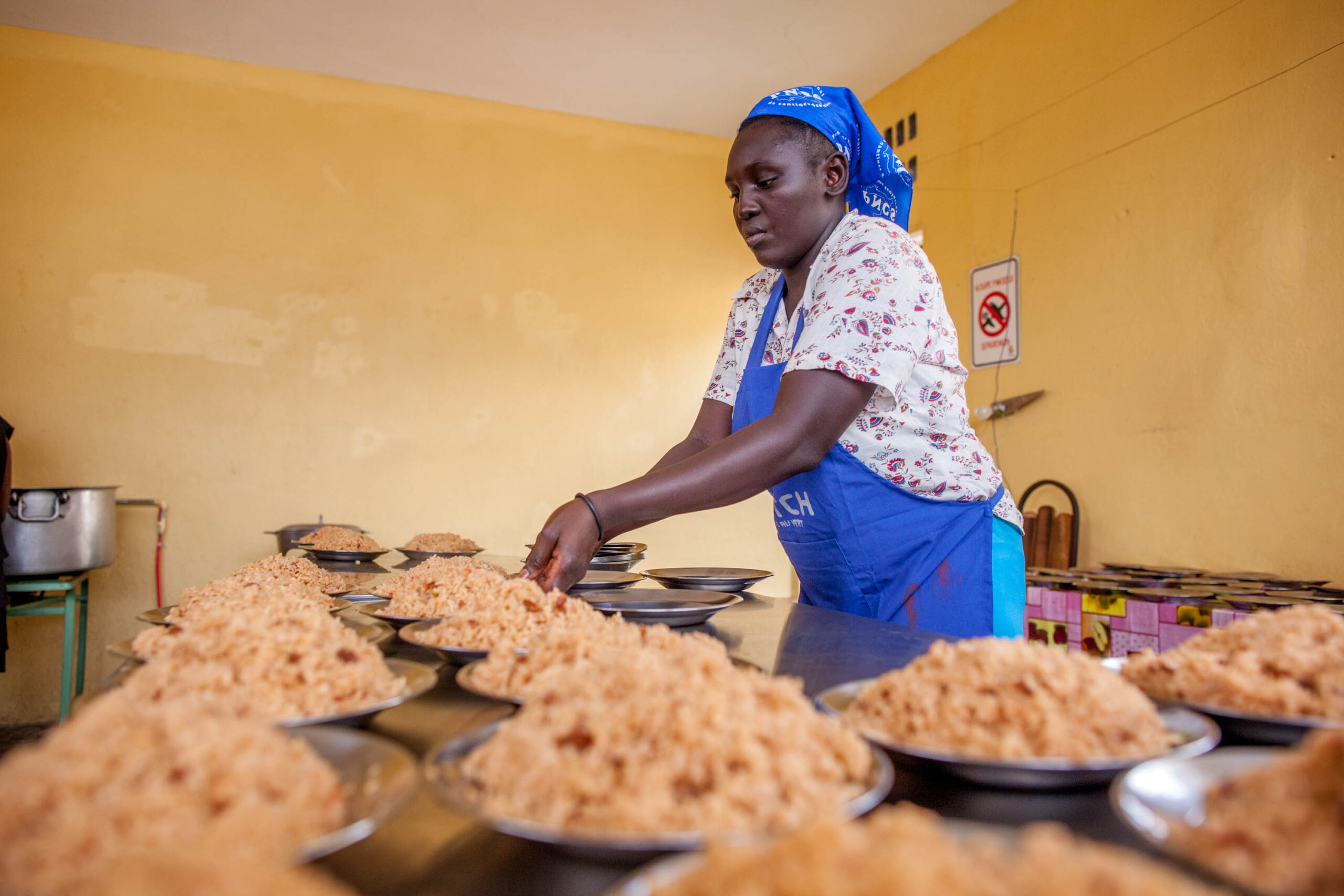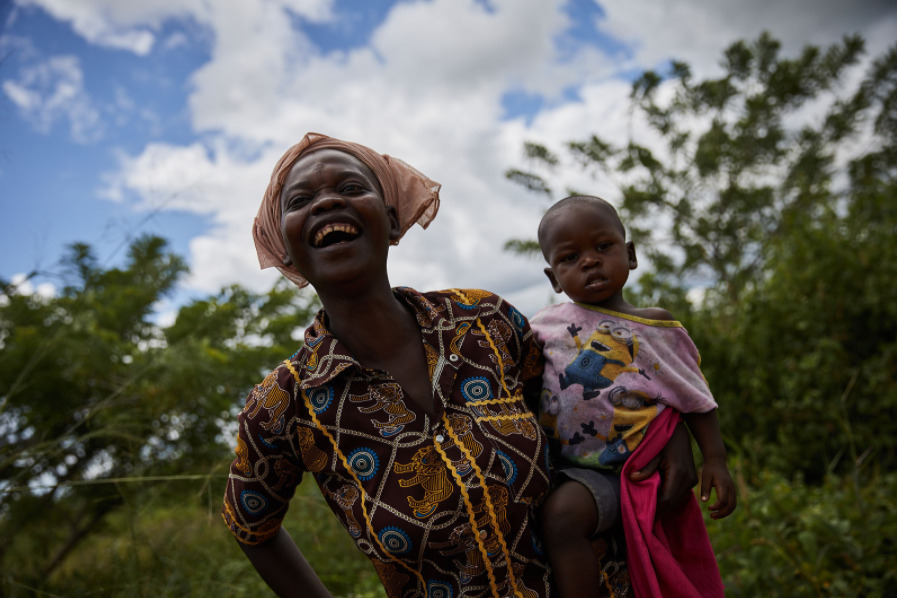
177.5M (83%)
Population without access to clean cooking (Source: WHO, 2021)
20
Active clean cooking ventures (Source: CCA)
1
Number of clean cooking RBF (Source: CCA)
The Nigerian government has focused on the expansion of access to LPG as a primary source of energy.
Foreign exchange fluctuations makes it hard to access foreign exchange through the Central Bank of Nigeria. As a result, producers and importers often buy currency from the informal economy, increasing product costs for final consumers.
According to World Bank data, 16.8% of the population had access to clean fuels and technologies for cooking in 2021; an improvement on the ratio of 5.6% with access in 2015. In 2021, 32.8% of the urban population had access to clean cooking fuels, compared with just 4.6% of the rural population.
Compared with access to clean cooking fuels and technologies, there is much better access to electricity in Nigeria; 59.5% of the population had access in 2021, up from 52.5% in 2015.
Click ‘Read more’ to explore data from World Bank.
According to the Nigeria Consumer Segmentation report (see related resources below), 15% of Nigerian households primarily use LPG to cook. One in four urban households cook the majority of their meals with LPG.
Related Resources
Click ‘Read more’ to explore relevant aspects of Nigeria’s Nationally Determined Contributions and other current policies that are relevant to clean cooking.
Nationally Determined Contributions
The 2017 NDC states that the use of fuel wood and charcoal is a significant contributor to the degradation of Nigeria’s forests. One solution proposed is the use of efficient cookstoves to reduce fuel demand, with alternative heating sources like LPG as a possible option. However, it is important to consider whether LPG, a fossil fuel, delivers genuine climate benefits compared to wood-based charcoal. The national renewable energy and energy efficiency policy of 2015 identifies encouraging the production and use of improved and more efficient cooking stoves as a key strategy but does not mention any specific policy or quantitative targets. Both the NDC and the energy efficiency policy suggest that further work is necessary in this regard. Although there is no legal obligation to provide improved cookstoves, a PoA could help increase accessibility.
Other Relevant Policies
Nigeria has ambitious targets around Clean Cooking as articulated in the NDCs. Over the last five years, the country has progressed towards elaborating several policies, mainly focussing on the expansion of access to LPG as a primary source of energy, giving few incentives for other technologies. High customs fees, import duties and transportation from port to location increase the cost of cooking technologies.
The model for LPG cylinder management is inefficient. The government is transiting from a customer-owned cylinder model to a marketers-owned cylinder model. However, not much progress has been made in implementing the policy.
Nigeria has 18 cookstove projects registered in it. These projects have generated 3.4 million carbon credits to date.
Click ‘Read more’ to explore the dashboard.
There is one clean cooking RBF program that has operated, or is underway, in Nigeria.
Click ‘Read more’ to explore the table of RBFs.
| Name | Lead | Status | Dates | Applicable Fuels | Fund size for clean cooking | Total fund size |
| SDG 7 RBF Facilities | Netherlands Enterprise Agency (RVO) | Active | 2019-2026 | Improved biomass | $14.6m | $24.4m |
N.B. Funding amounts may be split across multiple countries













